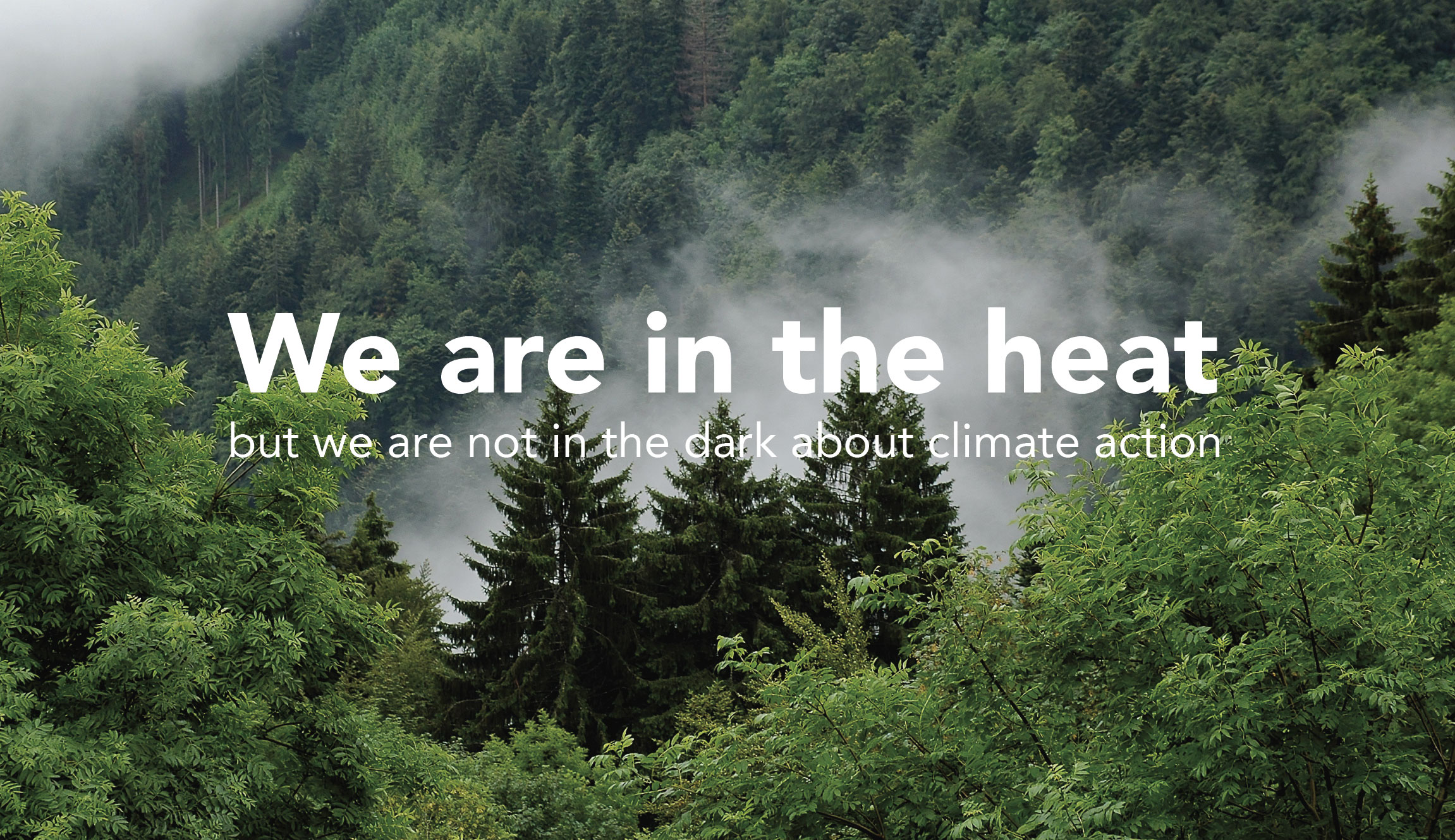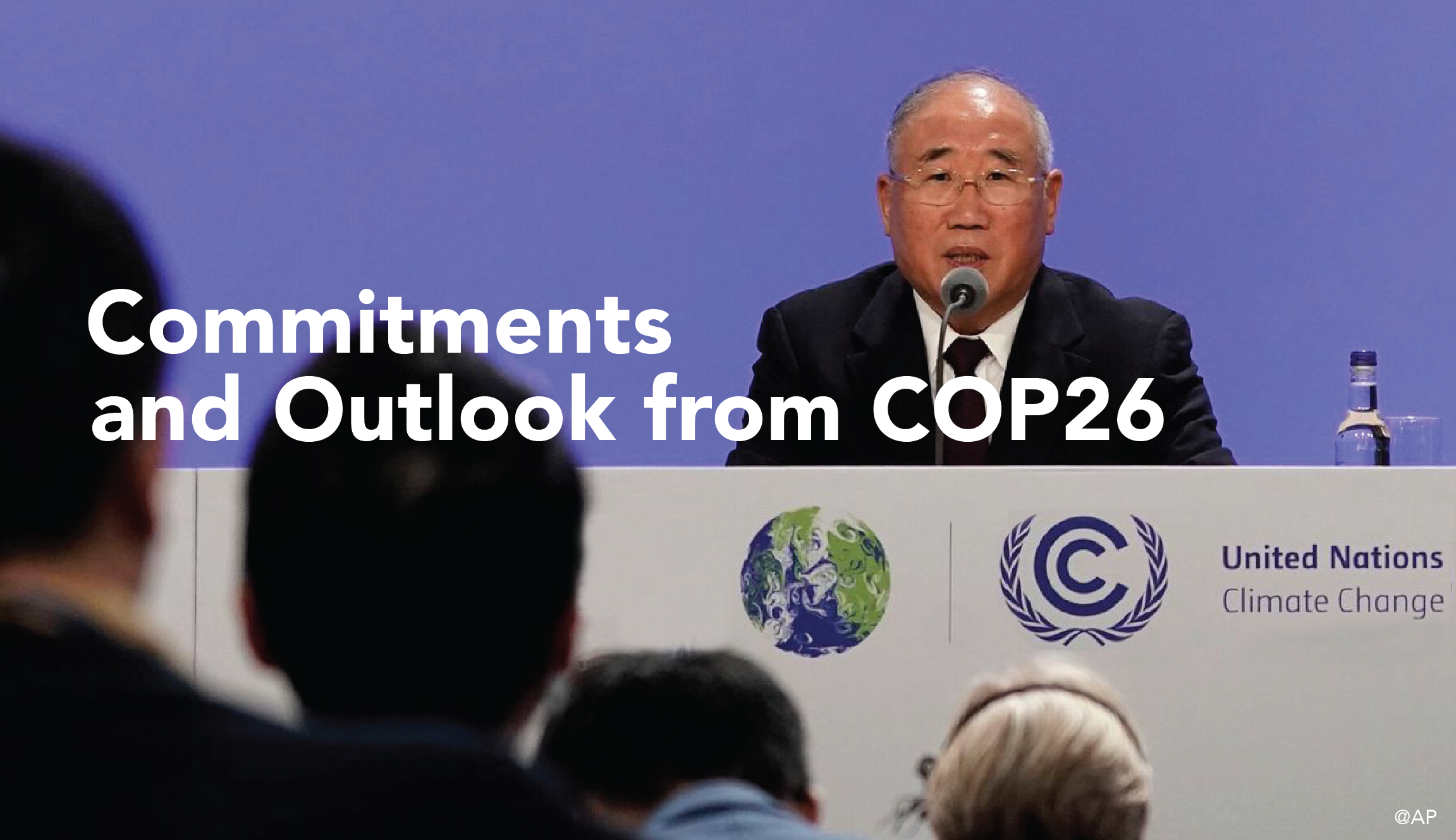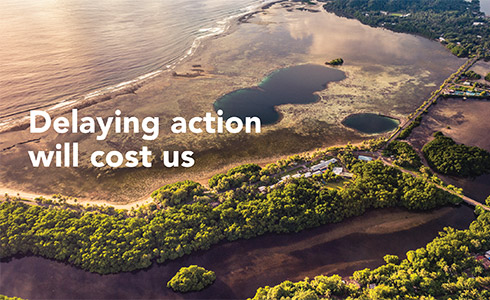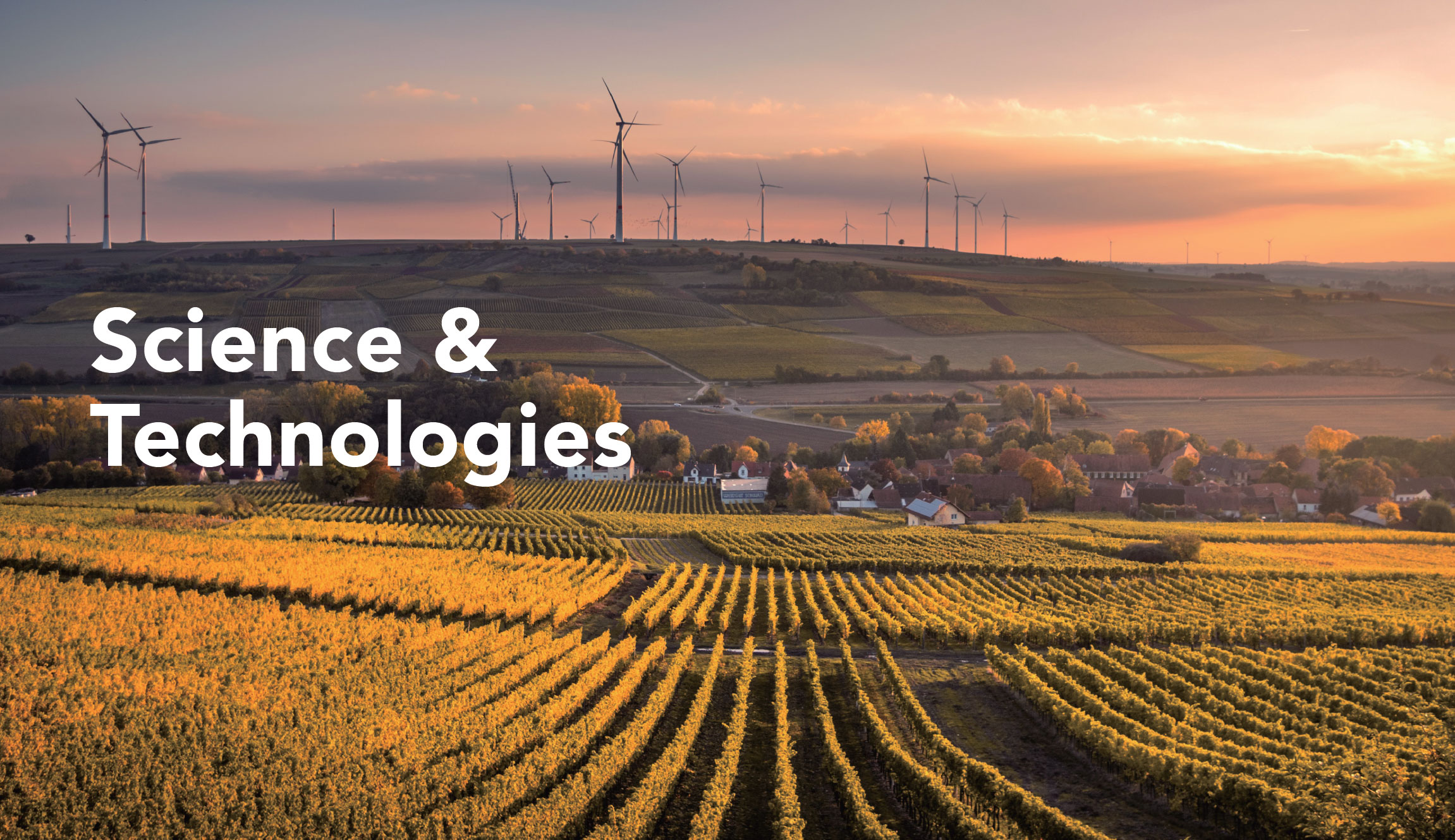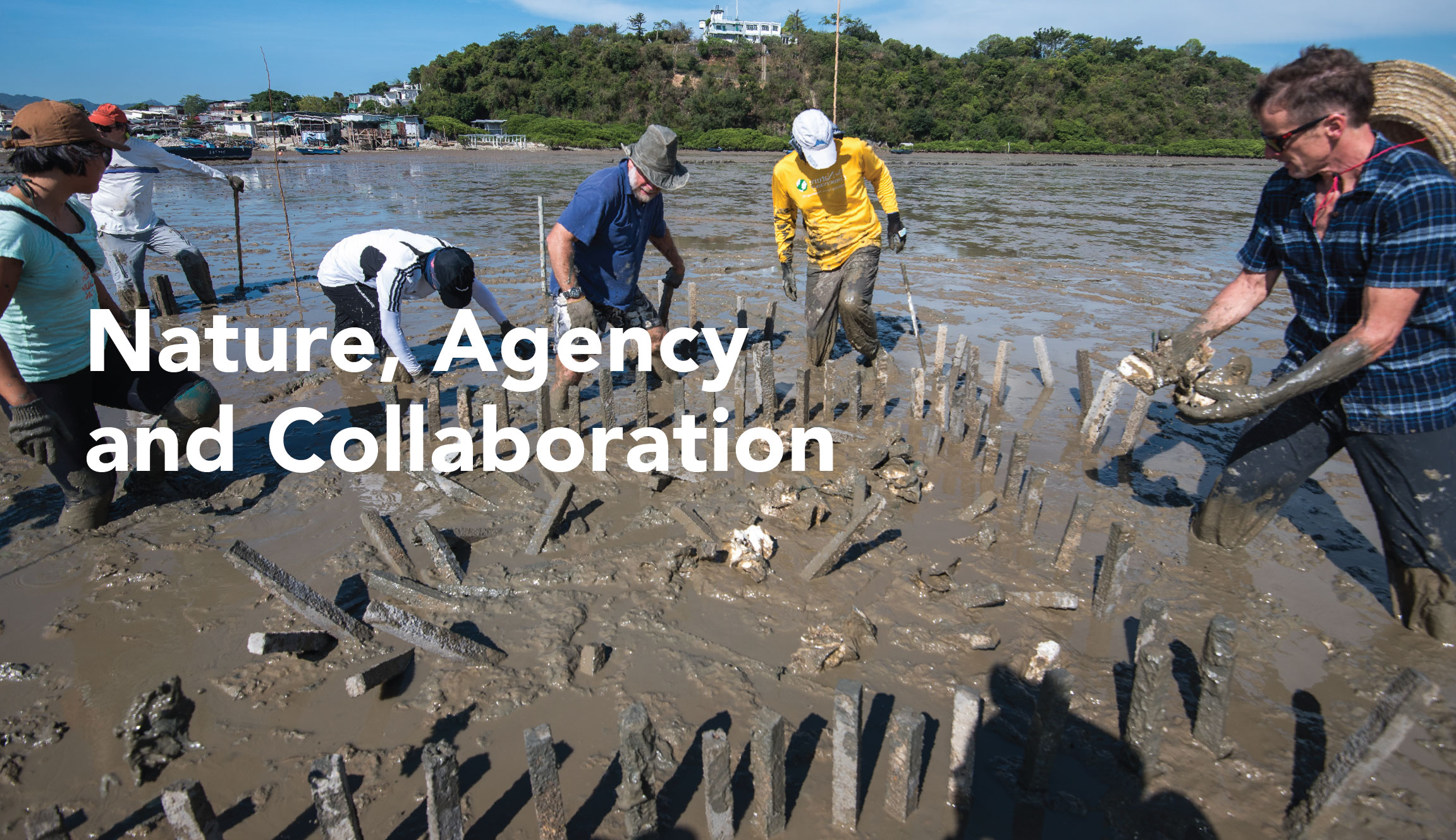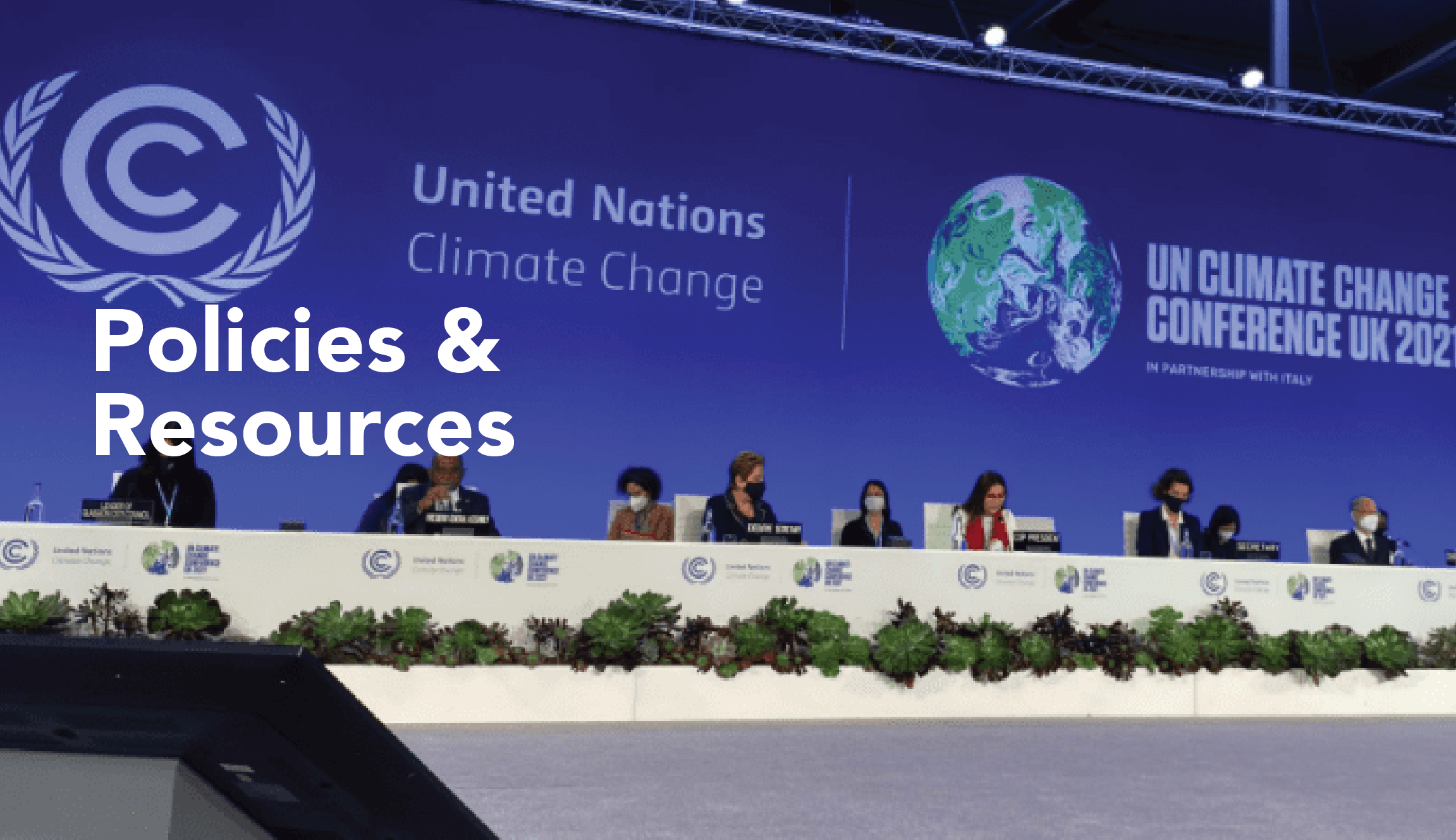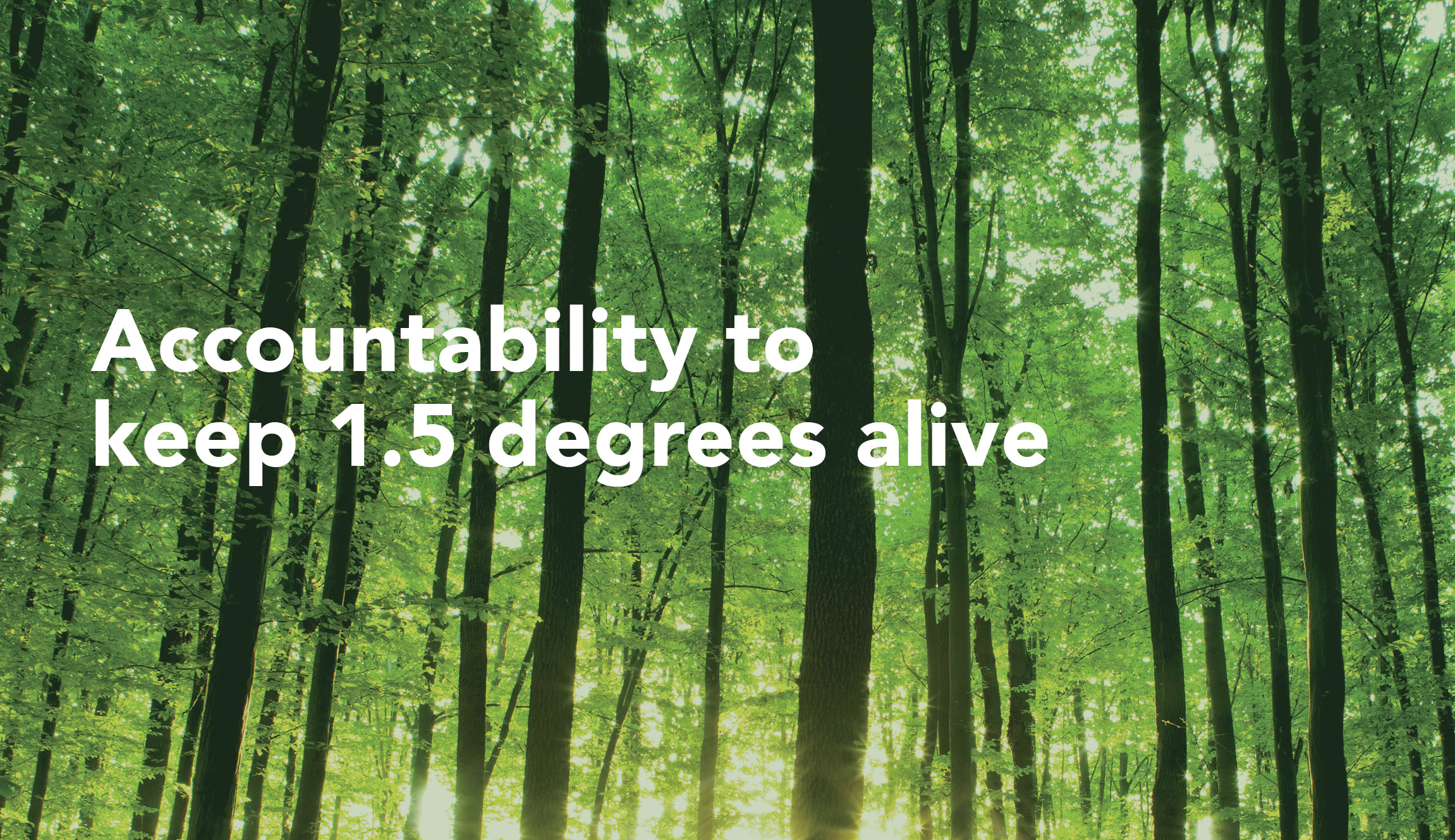Climate Change
In 1856, scientist Eunice Foote published the first known scientific paper showing that carbon dioxide trapped heat. By 1900 scientists were already stating that excess carbon dioxide and methane could have “great effects on the climate.” For ages before modern science, Indigenous peoples have relied on systems of knowledge and heritage to know local ecosystems and, in recent decades, to respond to the alarming signs of climate change.
In 2021, researchers published massive compilations of evidence for climate change and its collective impact in the Sixth Assessment Report of the Intergovernmental Panel on Climate Change. Artificial intelligence tools helped analyse scientific publications in unprecedented throughput to find that about 85% of humanity is impacted by human-induced climate change.
We are not in the dark about the physics of global temperature rise, its human cause, or the extent of its impact. Optimistically, this means that we are also not in the dark about what actions might stop the situation from becoming unlivable. Realistically, we now face the fate of our future generations, who may ask – as pronounced by David Attenborough – “Did that number, the concentration of carbon in our atmosphere, stop rising and start to drop?” Will the efforts of today be enough to prevent future generations from inheriting an uninhabitable planet?
Finance and Collaboration
The 26th Conference of the Parties (COP26) brought together leaders from around the world to name and to commit to goals and implementation. We can think of the climate action goals as adaptation – confronting the effects of climate change that we already face – and mitigation – preventing climate change from becoming worse, e.g. working toward net zero emissions of carbon dioxide. The implementation priorities are finance and collaboration; these are the key pillars that will enable the resources, technologies, willpower, creativity, and commitment needed for climate actions to materialise.
We are on track to raise the global temperature by 2.4°C by 2100
According to the Climate Action Tracker, an independent collaboration that tracks 39 countries and the EU, regions that collectively cover “around 85% of global emissions”, we are on track to raise the global temperature by 2.4°C by 2100. At the same time, climate modelers are already frightened by the extent to which many adverse outcomes they predicted – severe fires, storms, and snowstorms – are now true. Climate change is here, forcing people in all environments – urban, remote, or rainforest, and more – to adapt to it.
A recent analysis indicated that, in 2016, 4.2 million premature deaths occurred due to exposure to particulate pollutants (PM2.5) and 91% of these deaths occurred in low- to middle-income countries.
Heat and other weather events are decimating crop yields, endangering food security. Models have shown that every 1 °C increase in seasonal temperature can cause losses in the staple crops rice, maize, and wheat, ranging from 2.5% to 16%, impacting most significantly the billions of people whose livelihoods depend on agriculture. COP26 represented a key moment for global leaders to hold each other accountable and face the evidence that we are not on track to meet the goals set forth in the Paris Agreement, and to engage more intensely in collaboration and financing to limit global temperature rise to 1.5 degrees. There is reason to act now; in a Reuters poll, climate economists on several continents forecast that the damage from climate change resulting from our current trajectory will cost us 10% of global GDP by 2050, whereas our investment in achieving net zero emissions will cost 2-3% of global GDP.
Physical and human causes of climate change and their impacts
Science and research have starkly illustrated the physical and human causes of climate change and their impacts. According to the COP26 summary, now, more than ever, leaders acknowledge that science-based targets should guide implementation plans for adaptation and mitigation.
Countries who signed the Global Methane Pledge on the third day of the conference agreed to take voluntary actions to reduce global emissions by at least 30% by 2030. Methane, the most abundant greenhouse gas released by human activity next to carbon dioxide, is more potent at trapping heat in the atmosphere. It is also more quickly cleared from the atmosphere than carbon dioxide.
If successful, the effects of policies to reduce methane emissions could be felt faster than those aimed at carbon dioxide. Relative to other targets, reducing methane may be seen as “low-hanging fruit,” and doing so could buy time for countries to phase down fossil fuels, the focus of our November newsletter. Going forward, renewable energy sources, which now cost less than fossil fuels in some locations, need to be prioritised. Updating existing infrastructure is also key to adaptation. A study published soon after the Paris Agreement suggested that improving the national electricity power grid in the US could reduce carbon dioxide emissions by 80% from 1990 levels by 2030 without increasing prices, allowing more time for the technological advances needed to scale up renewables to meet the world’s needs.Nonetheless, some industries critical to modern infrastructure, including iron and steel, cement and concrete, and mining, will take longer to phase down their dependence on fossil fuels. The planet-friendly outlook for many of these industries depends on carbon capture and storage technologies – technologies that remove carbon dioxide from the air and then either reuse it or permanently store it underground. With these technologies not yet widely available or affordable, mitigating global temperature rise without crippling economies demands long-term and effective investments.
Limiting global warming to 1.5 °C requires us to protect nature and restore ecosystems
The negotiations and final texts of COP26 heeded a call from science: that limiting global warming to 1.5 °C requires us to protect nature and restore ecosystems. On COP26 Nature and Land Use Day, negotiators garnered commitments from dozens of governments and billions of dollars from organisations, such as the World Bank, towards more sustainable farming. An additional 141 countries committed to reducing deforestation and 95 high profile companies committed to being “Nature Positive” by 2030.
Who exactly has agency in implementation shapes community capacity for climate action. More studies are naming barriers to agency for groups such as women and Indigenous peoples and how they might be addressed. Overcoming these barriers include respecting the complementarity between long-standing local knowledge and management practices and modern scientific approaches. Further marginalising the voices of already marginalised peoples impedes the preservation and restoration efforts.
While the COP Decision document formally recognised the role of Indigenous experts, local communities, women, and youth, the next steps need to bear this out and each initiative will require its own set of strategies and oversight managed in socially inclusive ways. For example, realising terms laid out in the COP26 declaration to halt forest loss will require on-the-ground social-impact assessments aided by technology and inclusive of local leaders to avoid the backfires of previous top-down approaches.
A 2020 study of 32 community-based initiatives in the Pacific Islands found that initiatives spearheaded by non-governmental organisations performed better than those implemented by governments and universities. Researchers identified what stood out between the high-performing initiatives and medium- and low-performing initiatives; high-performing initiatives acknowledged how crucial the ecosystem is to livelihood, viewed ‘community’ as those who partake in an ecosystem rather than those nearest to it, and took into account livelihood pressures such as income and food security. Local communities are sensitive barometers to climate change and should therefore be at the helm of tracking reality and responding effectively.
Net Zero Emissions Policy Forum
At the level of government, different actors can act in their sphere of influence, sometimes in contrast to broader federal policies. Early in the conference, Australia did not join other nations at COP26 in the pledge to phase out coal. Days later, state jurisdictions in Australia initiated the “Net Zero Emissions Policy Forum,” taking a more decisive tone. In the United States, the tiny town of Ithaca, New York, pledged to decarbonise buildings by 2030. Bodies such as national climate institutions can serve as mediators between political interests and implementers.
Resources shape actions, and financial institutions have a role in funding or defunding the fossil fuel sector. The Glasgow Financial Alliance for Net Zero (GFANZ) – a coalition of more than 450 banks, insurers, and asset managers across 45 countries – collectively committed over $100 trillion towards the goal of net zero for the next three decades. Simultaneously, the alliance has been criticised, as many participating banks provide financial support to fossil fuel companies. This can be done through direct investment as well as by taking on the liability of bonds, i.e. underwriting, as detailed in the latest fossil fuel finance report by the Rainforest Action Network. Banks are the “primary gatekeepers of capital” for much of the world, therefore they have immense power and influence over climate action.
Going forward, the world will be looking to hold actors of COP26 accountable to their pledges, especially the two largest emitters. In the final days of the conference, climate envoys John Kerry of the United States and Xie Zhen-hua of China negotiated the Glasgow Declaration on Enhancing Climate Action in the 2020s. A press release from the US Department of State about the agreement named areas of cooperation and action plans, such as the US Methane Emissions Reduction Action Plan and the 15th Five Year Plan for China to phase down coal. According to the agreement, the two countries will communicate in 2025 their Nationally Determined Contributions (NDCs) for 2035 and establish a working group to carry out the commitments of this declaration.
Whilst the agreement came as a surprise to many, the envoys had been laying groundwork for renewed cooperation in early 2021. At that time, Xie Zhenhua spelled out reasons to restart cooperation with the US after the Biden administration announced the US’s return to the Paris agreement, adding that “beating the pandemic, achieving green recovery and addressing climate change relate to the existence and development of humanity and the well-being of our future generations” and that “China and the U.S. need to act as responsible major countries, rather than politicising issues that are relevant to the future of humanity.”
Xie’s statement in January 2021 that “any party adopting a ‘zero-sum game’ strategy will end up in failure; only a win-win approach will lead to success,” speaks to one, among many, mindsets that need to be nurtured for successful worldwide collaboration and to prevent the global situation from becoming unlivable. President of COP26 Alok Sharma echoed the sentiment in his closing remarks. “We can now say with credibility that we have kept 1.5 degrees alive. But, its pulse is weak and it will only survive if we keep our promises and translate commitments into rapid action.”
